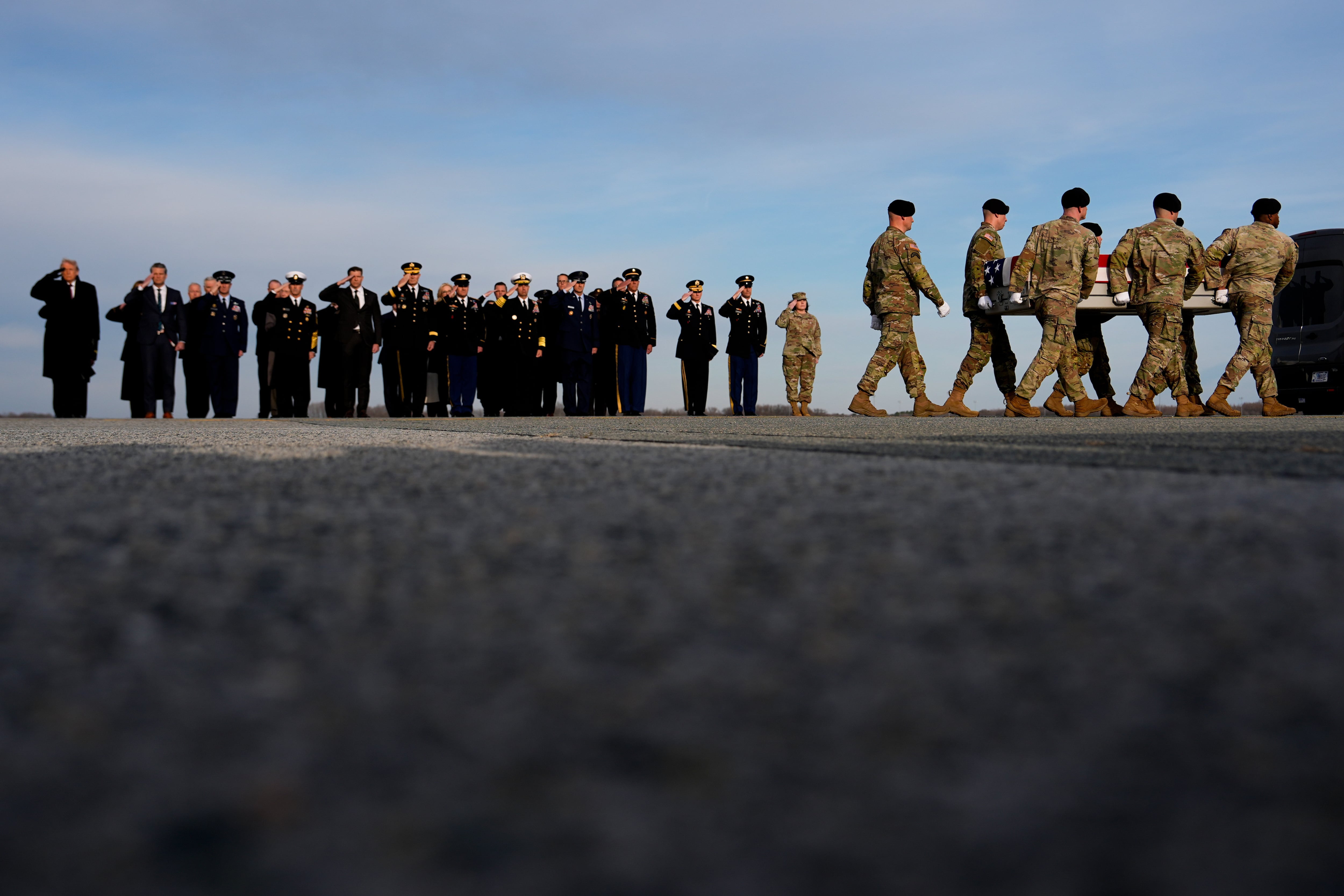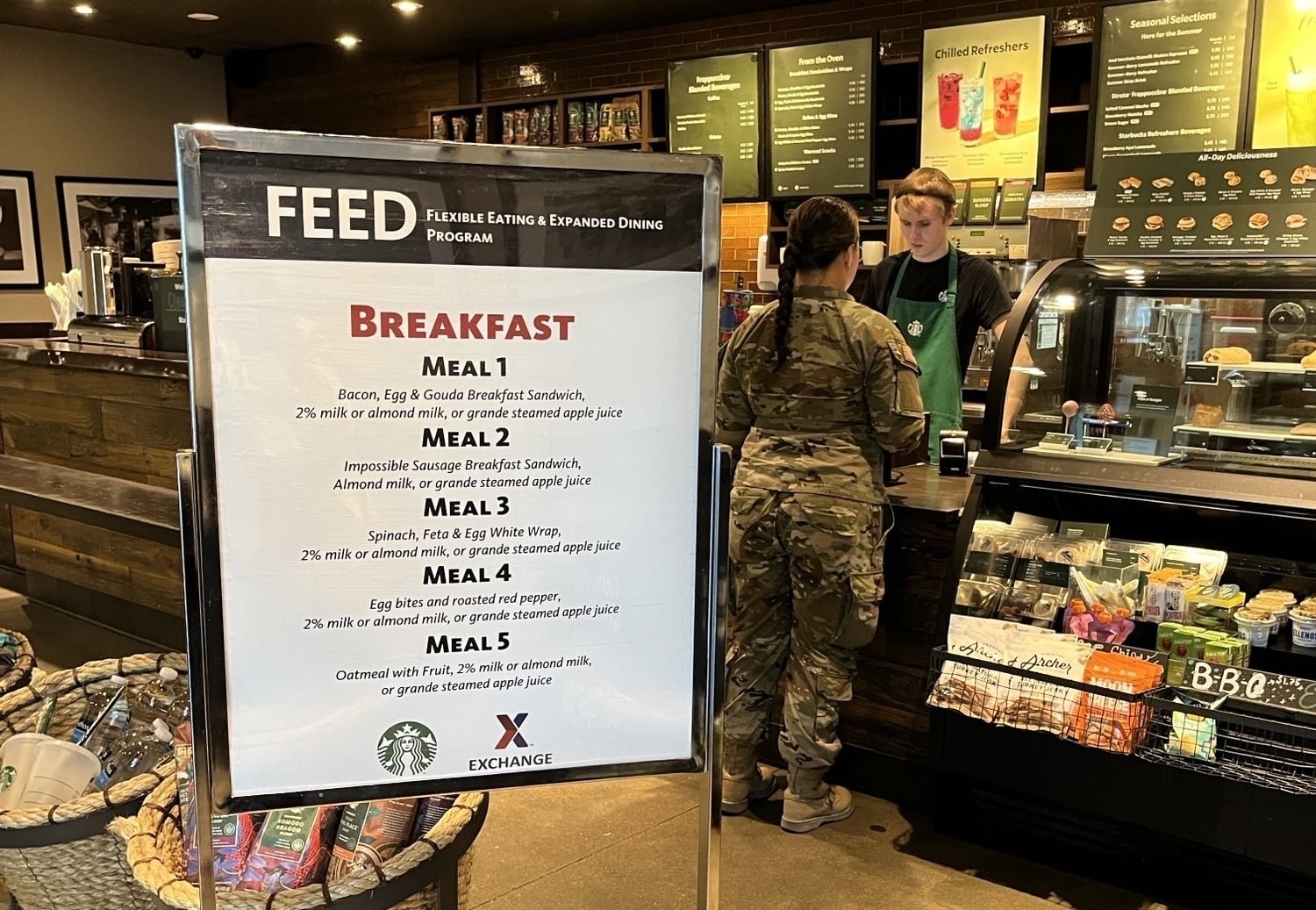Kate Webb, an Australian iconoclast, Catherine Leroy, a French daredevil photographer, and Frances FitzGerald, a blue-blood American intellectual, arrived in Vietnam with starkly different life experiences but one shared purpose: to report on the most consequential story of the decade. At a time when women were considered unfit to be foreign reporters, Frankie, Catherine, and Kate challenged the rules imposed on them by the military, ignored the belittlement of their male peers, and ultimately altered the craft of war reportage for generations.
In “You Don’t Belong Here,” Elizabeth Becker uses these women’s work and lives to illuminate the Vietnam War from the 1965 American buildup, the expansion into Cambodia, and the American defeat and its aftermath. Arriving herself in the last years of the war, Becker writes as a historian and a witness of the times.
What emerges is an unforgettable story of three journalists forging their place in a land of men, often at great personal sacrifice. Deeply reported and filled with personal letters, interviews, and profound insight, “You Don’t Belong Here” fills a void in the history of women and of war.
Fighting had broken out all across South Vietnam. The North Vietnamese and Viet Cong had launched a massive Tet Offensive on a scale never before attempted. Some seventy thousand troops were attacking posts from the ravaged DMZ in the north to the rice fields of the Mekong Delta.
In the middle of this audacious offensive, one minor skirmish of little military significance caught the world’s attention. A dozen Viet Cong soldiers fought their way into the United States embassy compound in Saigon and held it for six hours. It was a brilliant piece of political theater: it had no military value, but at a stroke it changed the perception of the war because something had happened that should have been impossible, completely impossible.
The American public had been told the end of the war was in sight, that the US had the upper hand. Yet Nguyen Van Sau, an illiterate leader from the Viet Cong C-10 Battalion, was able to organize the assault from an automobile garage near the embassy. In the dark hours before dawn on January 31, Nguyen Van Sau and his men drove a taxi and a battered Peugeot truck to the newly built embassy compound.
At 3:00 a.m., the men blasted a hole through the wall, killed the two US military police guarding the entrance, and then held the garden and first floor of the main chancery. When the Americans telephoned South Vietnamese police at a nearby post, they refused to help. The communists managed to fend off the Americans for six hours until the American 716th Military Police Battalion cleared the compound.
General Westmoreland inspected the embassy as soon as it was secured, telling reporters: “The enemy’s well-laid plans went afoul. Some superficial damage was done to the building. All of the enemy that entered the compound so far as I can determine were killed.” But that was not the point.
The rest of the world saw that the US embassy, the physical representation of the American government in Vietnam and considered American territory, had been attacked and held for hours. And all Westmoreland had to say was the North Vietnamese “plans went afoul.”
The American public and officials in Washington were stunned by the news alerts of the offensive. Tet showed that South Vietnam was marbled with Viet Cong and their sympathizers and that the American and ARVN military had failed to pick up advance intelligence on the plans much less stop it. The three American television networks broadcast special reports on the Tet Offensive, and newspapers published long, detailed articles with banner headlines reporting the attack on the embassy.
For the normally risk-averse North Vietnamese, Tet represented a huge gamble: a bold and foolhardy campaign with the nearly impossible goal of sparking a national uprising throughout the South with attacks on five cities and multiple US military bases and villages.
It was the brainchild of Le Duan, the severe, pro-Soviet, hard-line general secretary of the Vietnamese Communist Party, who had argued it was time to go all out for a clear victory against the southern forces no matter how many Vietnamese were killed.
His strategy was to pin down US troops around their bases while the communists made a full attack to “decimate” ARVN troops, all to be accomplished by some 85,000 soldiers from the NVA and Viet Cong (VC). Pamphlets were printed calling for an insurrection against the South Vietnamese “puppet” government.
General Vo Nguyen Giap, the leader of the 1954 victory at Dien Bien Phu, opposed the offensive in the belief shared with Ho Chi Minh that the best approach was to wait until the Americans inevitably gave up and left. But Ho was sidelined with illness, and younger leaders considered Giap too timid—Le Duan essentially outflanked them.
Within the first week it was clear that the offensive would neither spark an insurrection nor decimate ARVN. But it was making a mockery of American claims of victory in the coming year. In the United States, the revelations that Vietnamese communists were able to invade cities and military outposts was challenging official American optimism.
The longest and most costly fight of the offensive was in Hue.
Over ten thousand communist soldiers, including two battalions of the NVA, had captured the imperial city on the first day of Tet. They encountered little resistance.
French photographer Catherine Leroy felt she had to cover Hue. She headed to Da Nang where she found a seat on a military flight to Phu Bai and discovered she was sitting near Sam Bingham, a journalist she’d met a few days earlier, playing bagpipes as the Tet Offensive began. They chatted in French.
He was struck by what he considered her “macho” personality, as she explained how she would break away from the journalist pack to explore how to best cover the story.
She left Bingham behind and teamed up with François Mazure, a reporter for Agence France-Presse whom she trusted. They grabbed seats on a military truck convoy into Hue, and when they were dropped off, they disappeared, failing to show up to be paired with American military escorts as required for journalists during the siege. Instead, they changed out of their press battle gear into civilian clothes and crossed over a wobbly front line to walk into a no-man’s land. It was reckless.
The battle of Hue was becoming the bloodiest of the entire war.
Leroy and Mazure rented a bicycle from a French-speaking Vietnamese man on the road and reached Hue riding tandem. At a market on the city’s edge, they were caught in a volley of shooting and realized they had stumbled into communist territory.
A Vietnamese stranger understood their plight and guided them to a Catholic cathedral that had become a refuge during the fighting.
The sanctuary was crowded with hundreds of frightened, hungry Vietnamese. Yet the priest, speaking an elegant old French, welcomed them. The people, though, were wary. Leroy’s photographs show them crowding around the two Europeans, their eyes filled with worry. Another photograph shows a woman off in a corner lying on a single sheet comforting her baby who had been born in the church that day.
The next morning the priest told them they had to go, that their presence was adding to the danger facing the refugees. Leroy and Mazure understood and left immediately. They made a white flag from a priest’s robe and wrote on a large sign: phap bao chi bale (we are French journalists). The priest wrote a letter in Vietnamese verifying they were journalists and asking they be respected as neutrals.
As they stepped outside the door, they were walking into the unknown.
No foreign journalist had been captured by the NVA in the war, as far as they knew. They had no idea what would happen to them if they were taken.
Just minutes later they had their answer. They wandered past a graceful villa guarded by three North Vietnamese soldiers carrying AK-47s who stared at them.
In seconds Leroy and Mazure were under arrest. The NVA soldiers confiscated their cameras and tied their wrists behind their backs with parachute cord. “More efficient than brutal,” Leroy thought. To her surprise she was less afraid now that she had met actual communist soldiers. They were no longer monstrous abstractions.
The priest’s letter did no good. The soldiers looked at the paper but did not read it. It was not clear if they were literate. Leroy and Mazure were led inside the compound to the servants’ quarters where a Frenchman and his Vietnamese wife were being held as prisoners in what was once their home. The Frenchman was head of the community’s electric plant and had been treated well by the NVA. A young North Vietnamese officer came to question the foreign intruders, and the Vietnamese wife explained that these were French, not American, journalists. The mood changed immediately.
The officer ordered the cords removed and then returned the cameras.
Feeling safe for the first time, Leroy asked to photograph the soldiers in their bunkers around the garden. The officer agreed. “All of the men were well armed and had a great deal of ammunition,” Leroy wrote. “I photographed some of them swarming over a captured American tank. I doubt that they knew how to drive it, but they all grinned at us like soldiers of a victorious army.”
That is what the young NVA officer wanted to convey. They were winning. They were liberating Vietnam.
While that scene unfolded, Horst Faas was in the AP bureau, still hobbling on crutches and worried.
“The day the Tet Offensive was at its height there was a story about a woman photographer being captured by the North Vietnamese. I thought—poor, poor little Cathy. This is her end.”
In fact, Leroy and Mazure were negotiating their release in a most French fashion. They thanked the officer as if theirs had been a routine interview in a normal day of reporting. Mazure said something to the effect that they had to get back to Paris with their story, so it was time to run along. And then they made their farewells.
Freed, Leroy and Mazure walked into the street and heard constant firefights nearby. They feared they would be encircled and ran back to the cathedral. This time the priest and his refugee flock burst into applause, welcoming them as fellow survivors. They fed them fruits and cake and soup, exclaiming “number one!” in English. Mazure and Leroy were giddy at having survived.
They still had to flee the communist zone, however. Along the way, Leroy photographed a Vietnamese father holding an infant, his wife shepherding their older children: stunned civilians caught in the crossfire with no place to hide. This time they crossed the urban front line successfully, holing up in a South Vietnamese army unit where they helped two wounded American soldiers.
Eventually, they worked their way back to the Marines. Leroy saw her friends John Laurence and Keith Kay of CBS, as well as the photographer Dana Stone, who were covering the unit. She ran up to them, kissing them and shouting: “I am so happy to be alive.”
Laurence never forgot Leroy’s extraordinary feat. “Cathy’s daring bicycle ride into occupied Hue at the start of the Tet Offensive in 1968 and the still pictures she took while there was one of the most courageous acts of any journalist at any time in the war.”
The next morning the Marines took up position and began firing at the cathedral in which Leroy and Mazure had taken refuge. Leroy was alarmed. “I ran up to the platoon leader shouting: ‘there are 4,000 refugees in there. They aren’t VC. They’re just people.’ And those huge warriors in their flak jackets grinned at me and stopped shooting.”
Finally, Leroy and Mazure got back to Saigon and sent their story and photographs to Paris and New York.
Her photographs of the North Vietnamese—the first ever taken of the NVA in South Vietnam—made her famous. They were the cover story of Life magazine and featured in Paris Match. Her name became known worldwide. Faas wasn’t easily impressed with stories of courage in war, but Leroy’s was different: “How she came out of that alive is a miracle.”
Excerpted from “You Don’t Belong Here: How Three Women Rewrote the Story of War” by Elizabeth Becker. Copyright © 2021. Available from PublicAffairs, an imprint of Hachette Book Group, Inc.
Elizabeth Becker is an award-winning journalist and author who began her career as a war correspondent for the Washington Post in Cambodia. She later became the senior foreign editor for National Public Radio and a New York Times correspondent covering national security and foreign policy. She has been the recipient of numerous awards including accolades from the Overseas Press Club, DuPont Columbia’s Awards and was a member of the Times team that won the 2002 Pulitzer Prize for Public Service for covering 9/11. She is the author of two previous books, “When the War was Over: Cambodia and the Khmer Rouge Revolution,” the definitive book on the event that has been in print for twenty years; and “Overbooked: The Exploding Business of Travel and Tourism,” an exposé of the travel industry.
Editor’s note: This is an op-ed and as such, the opinions expressed are those of the author. If you would like to respond, or have an editorial of your own you would like to submit, please contact Military Times managing editor Howard Altman, haltman@militarytimes.com.





